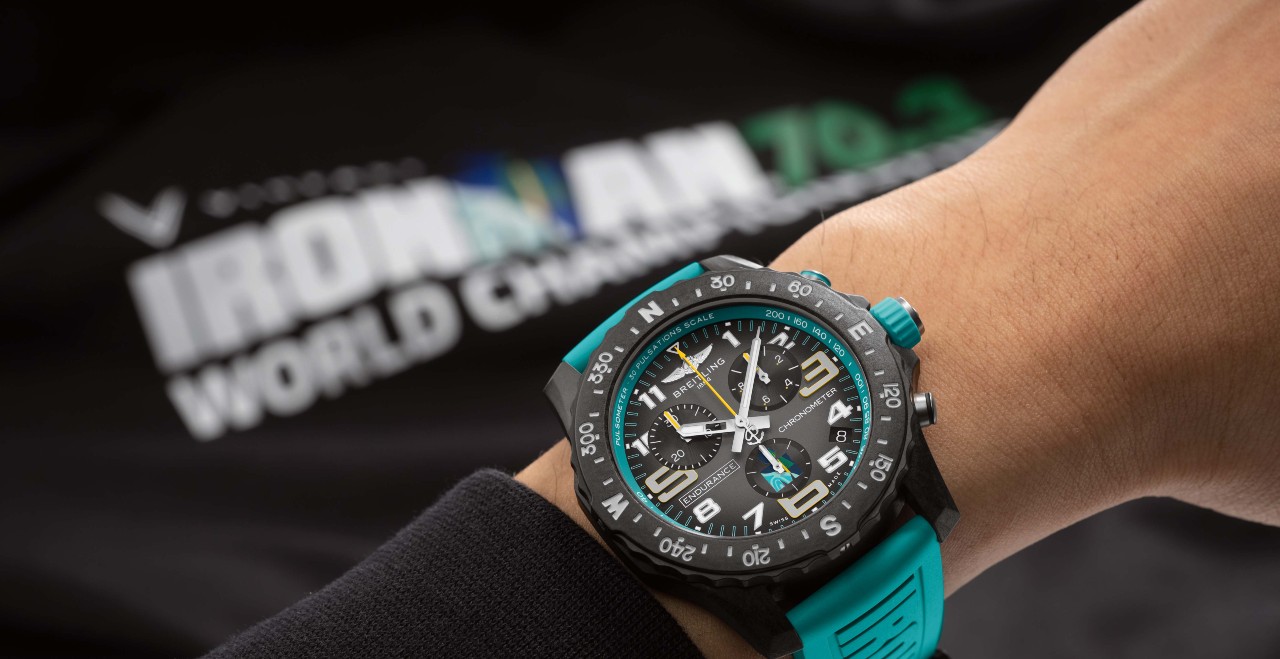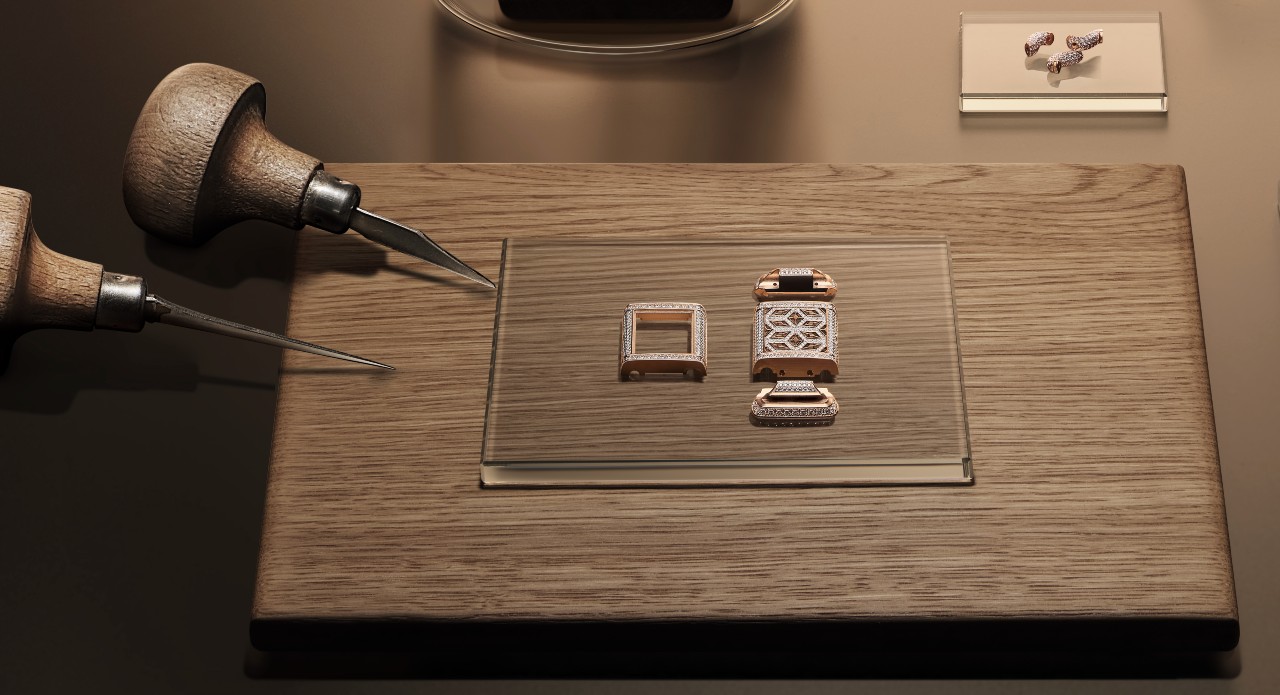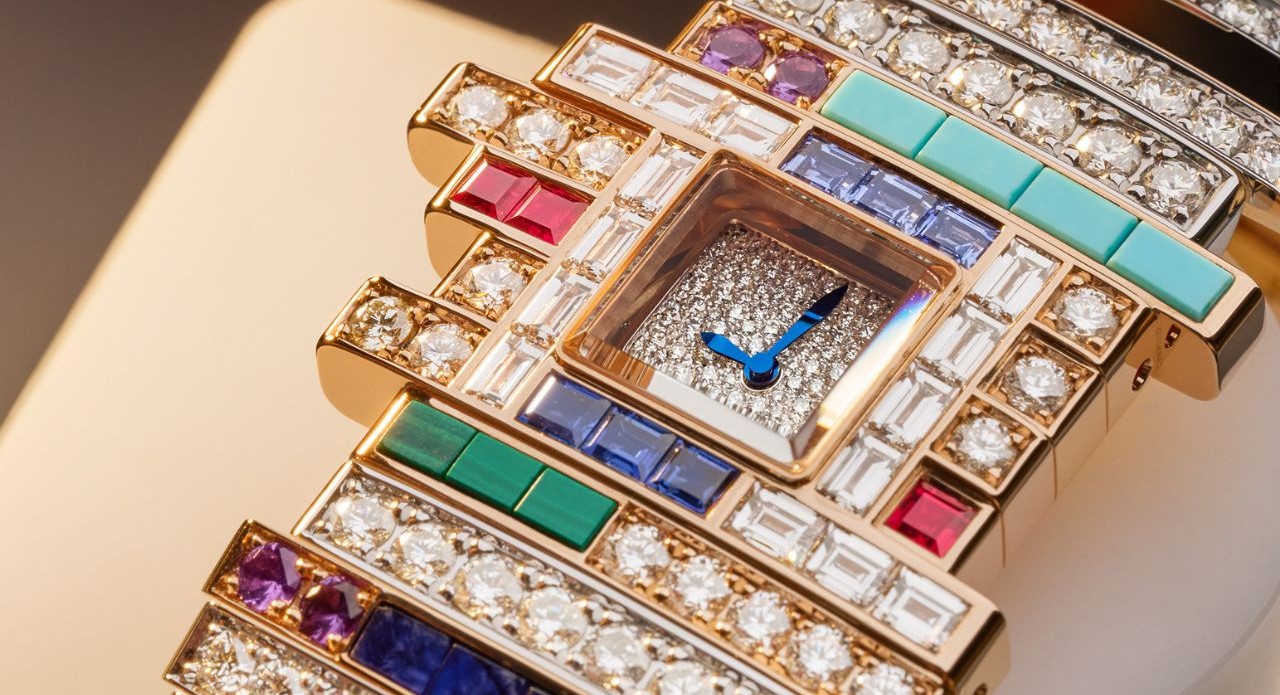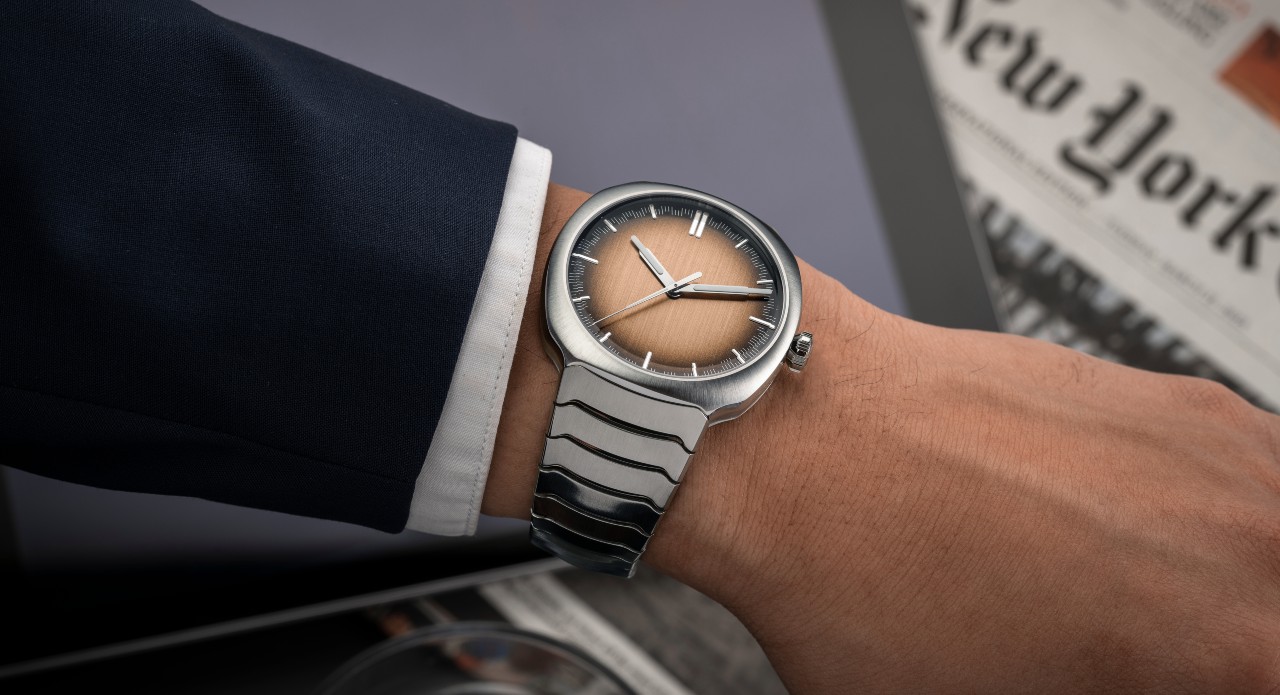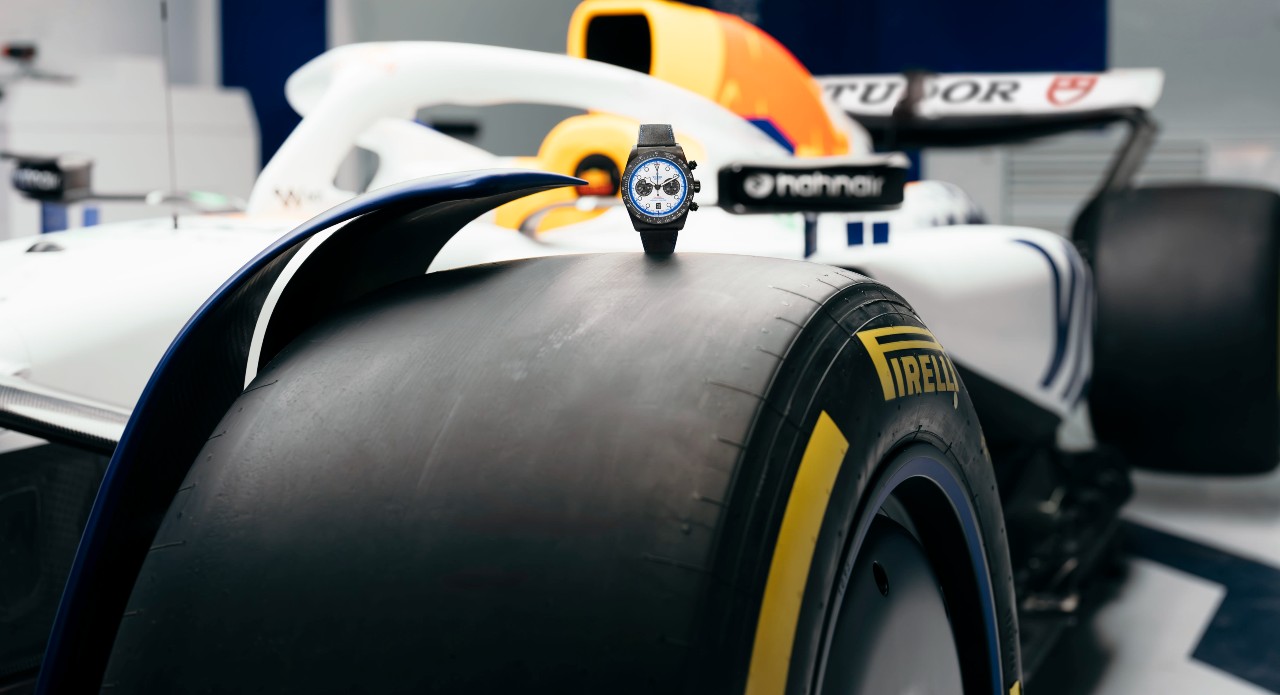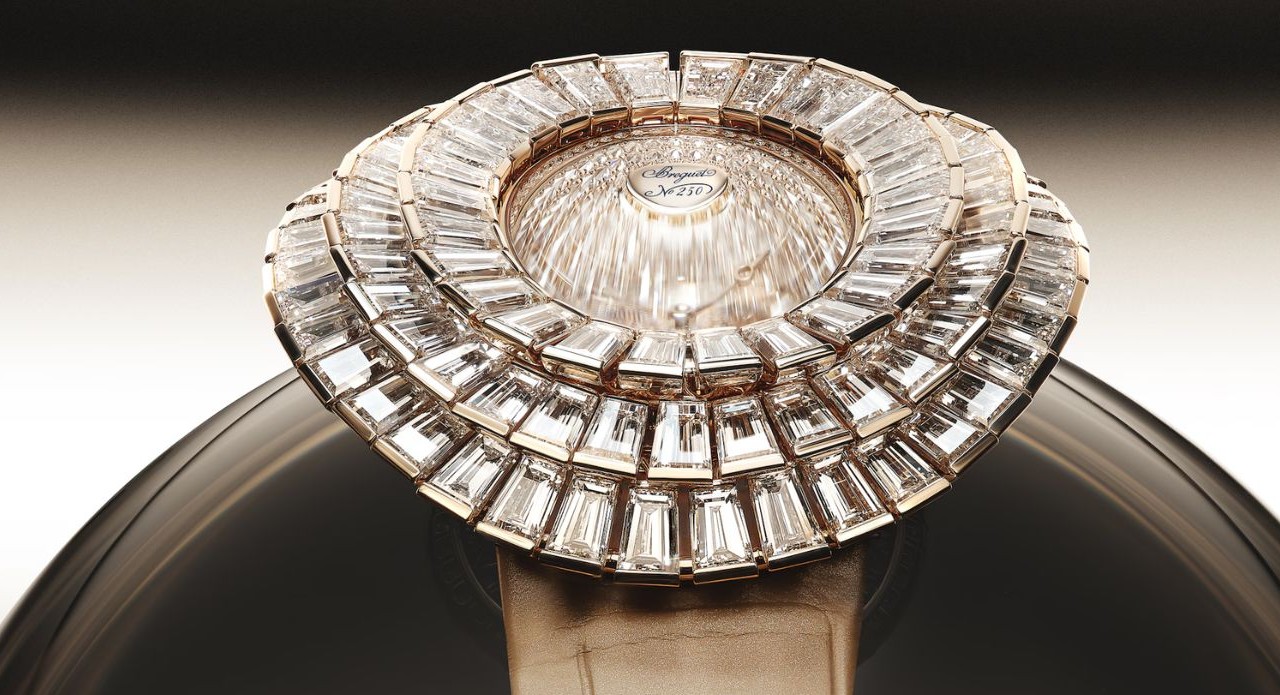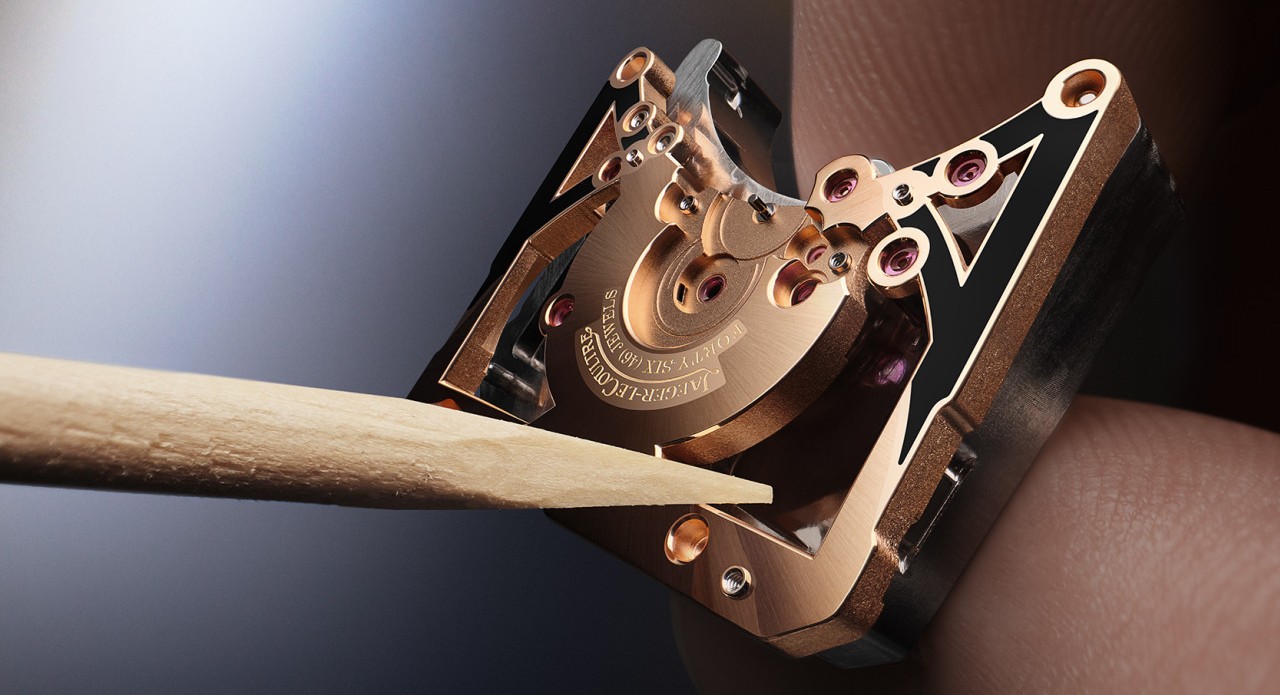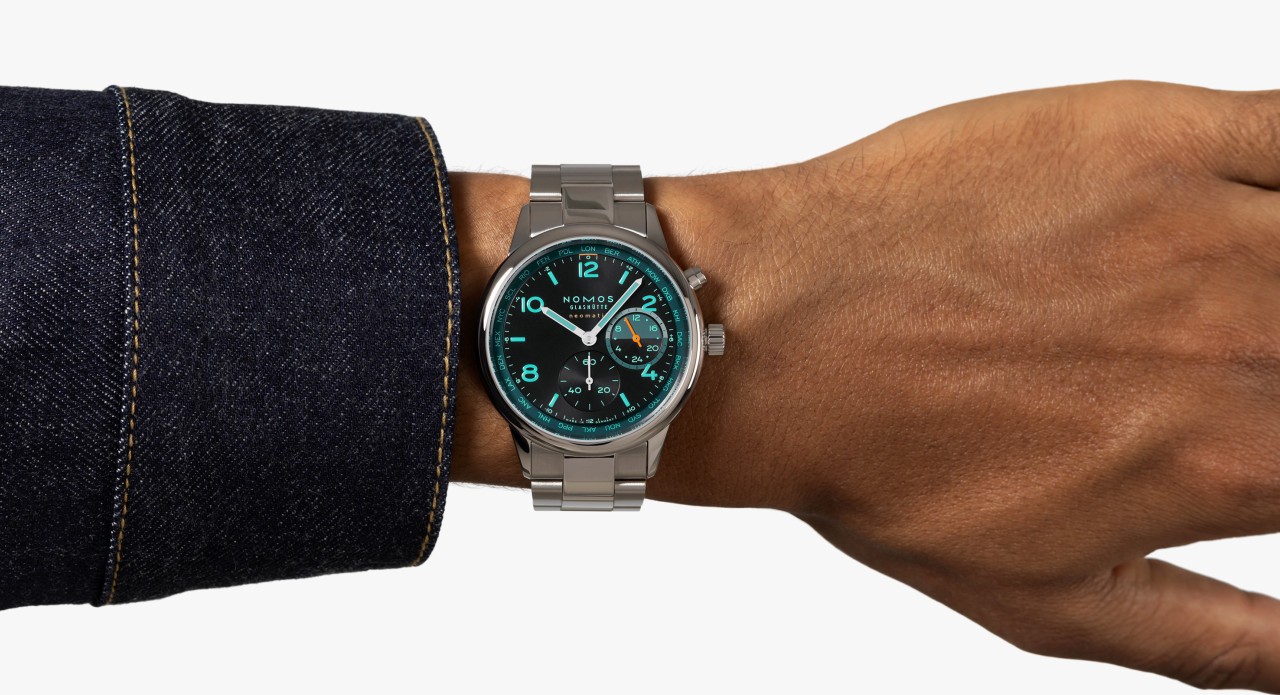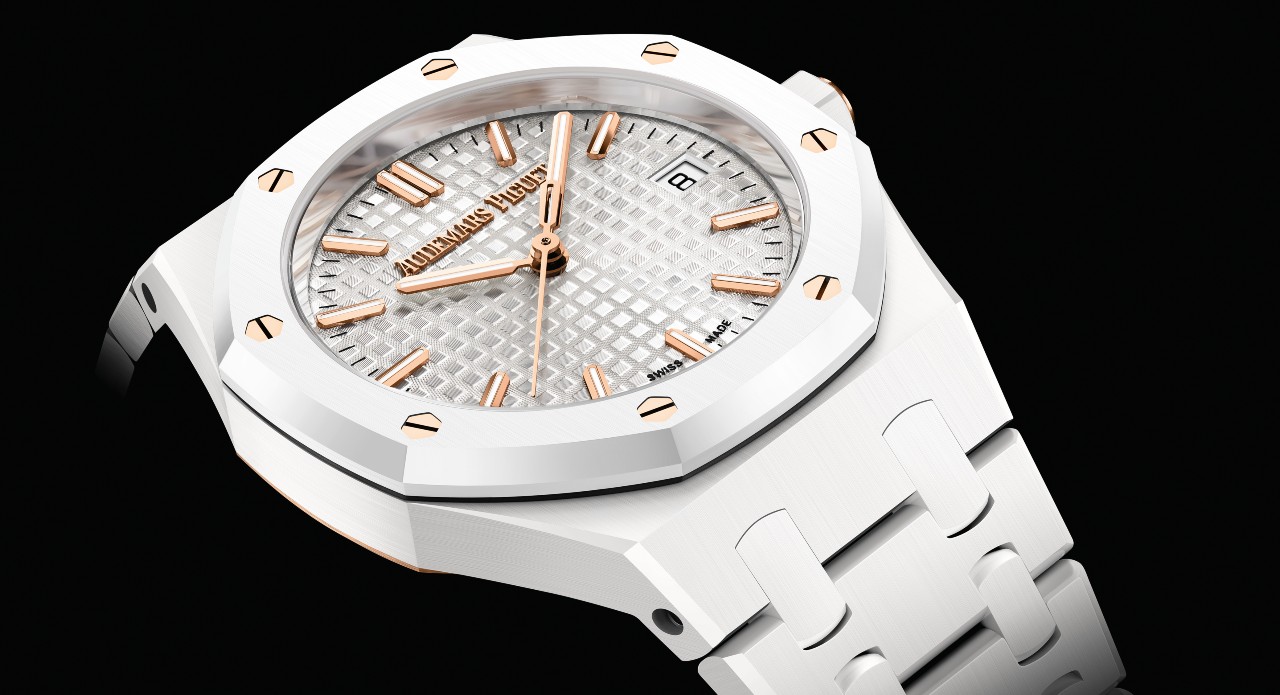Long before digital fitness trackers began buzzing on wrists with heart rates and step counts, watchmakers had already mastered the art of measuring life itself — in beats per minute. Enter the pulsometer, a charming fusion of science and style that turned a wristwatch into a doctor’s discreet diagnostic tool. In the golden age of mechanical ingenuity, when medical instruments were as elegant as they were essential, the pulsometer scale became a symbol of both precision and prestige. It allowed physicians to determine a patient’s pulse with a simple glance, counting beats not with electronics but through the grace of gears and hands. Beyond its clinical roots, the pulsometer came to represent something deeper — the intersection of time and vitality, of craftsmanship and care. Even today, it stands as a poetic reminder that a watch once did more than just tell time — it told the story of the human heartbeat.
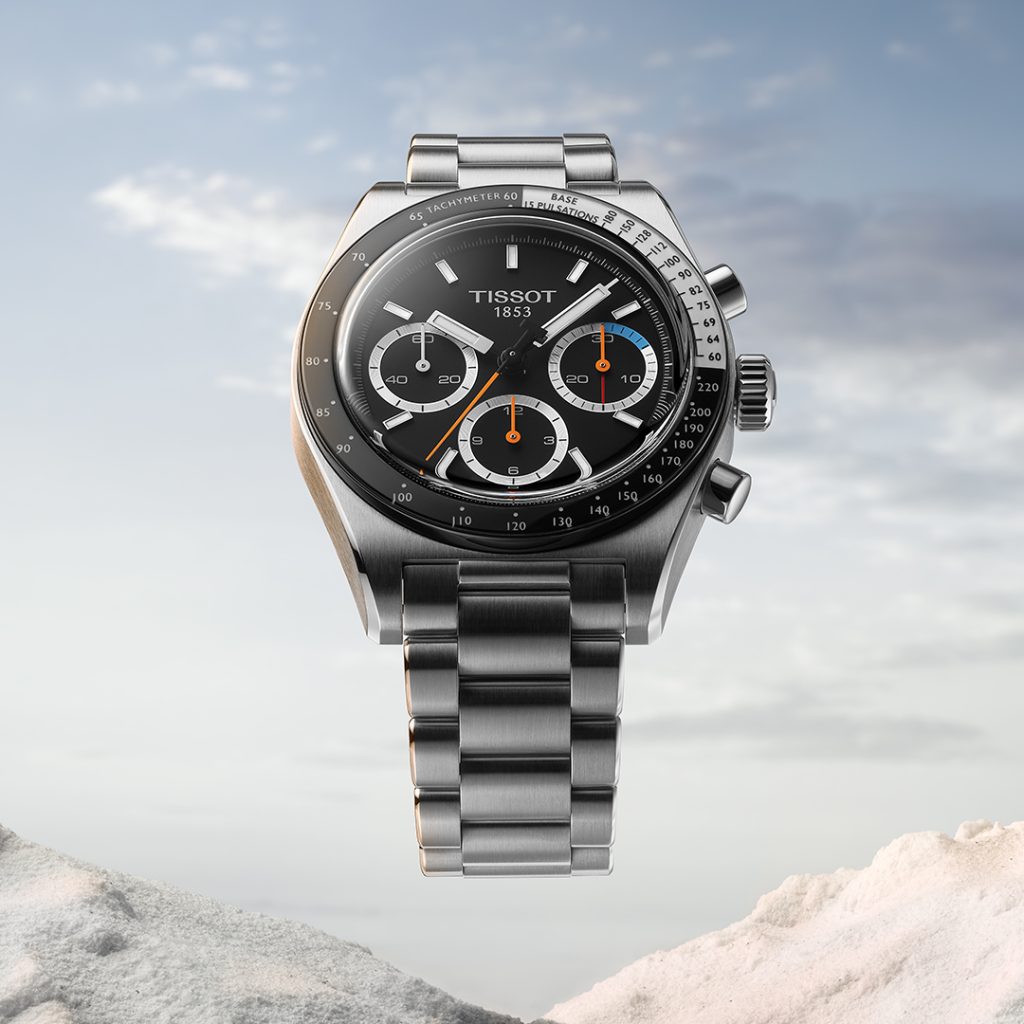
Origins and Historical Significance
The pulsometer emerged during the early 20th century, an era when the chronograph evolved from a sports and aviation instrument into a professional tool for scientists and physicians. Medical professionals needed a quick and accurate way to measure a patient’s heart rate without complex calculations or bulky equipment.
Enter the doctor’s chronograph — a wristwatch with a pulsometer scale, typically calibrated to measure 15, 20 or 30 beats. By counting a set number of heartbeats and reading the corresponding number on the scale, a doctor could instantly determine a patient’s heart rate.
Brands such as Longines, Omega, Universal Genève and Heuer produced pulsometer watches that became staples in medical practice, combining practical use with refined style. Their white enamel or silver dials often featured clean markings, blued hands, and red scales for clarity — balancing clinical precision with understated elegance.
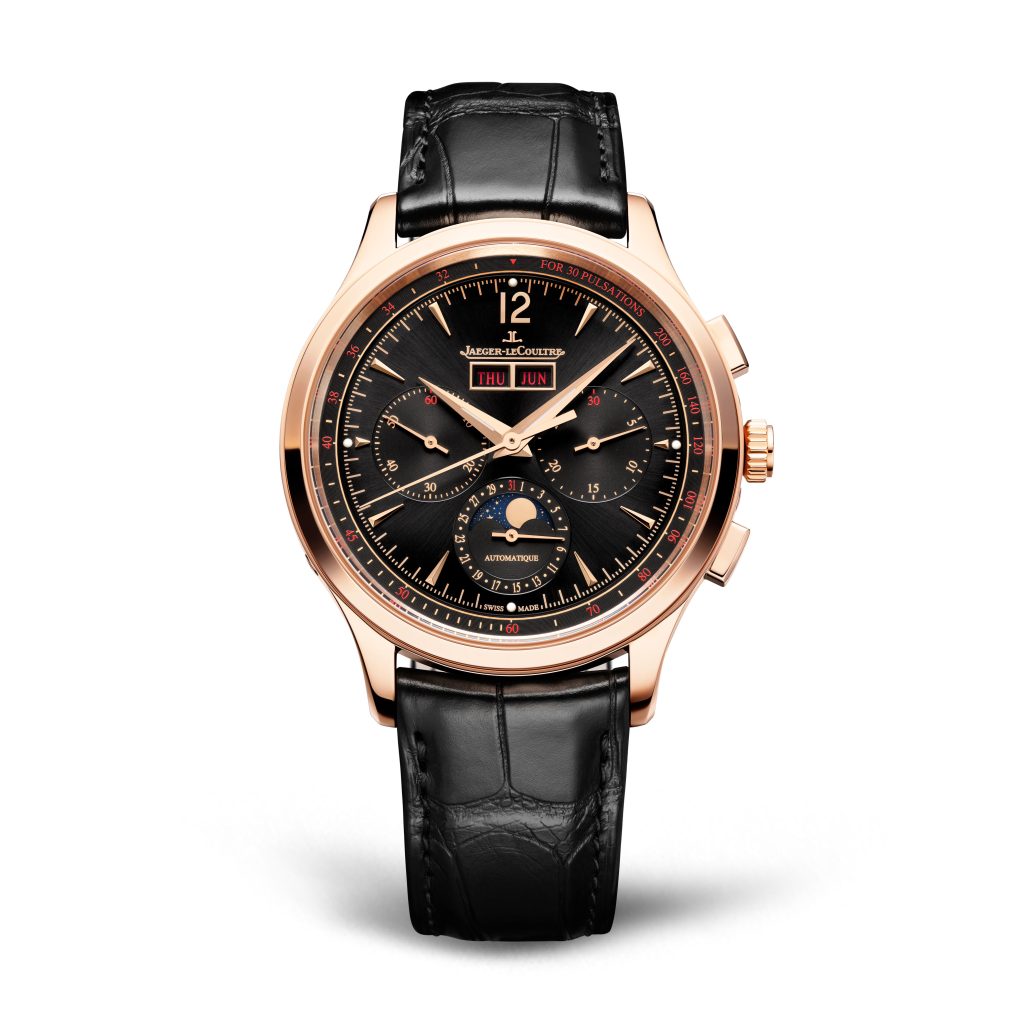
How a Pulsometer Works
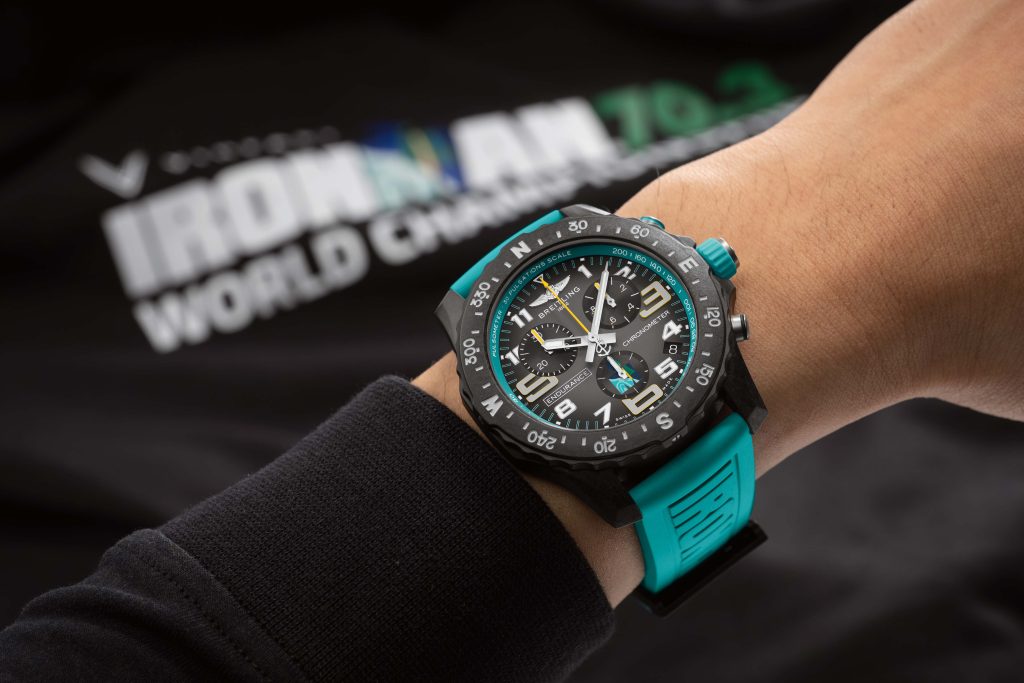
The mechanics of a pulsometer are as simple as they are ingenious. The scale is usually placed around the dial’s edge and calibrated for a specific number of heartbeats — most commonly 15, 20 or 30.
So how does it work? The wearer starts the chronograph when they feel the first heartbeat. They then count the predetermined number of beats (for example, 30). As soon as the final beat is reached, the chronograph is stopped. The chronograph seconds hand points to a number on the pulsometer scale, which directly shows the beats per minute — no mathematical conversion needed. For example, if the scale is marked “BASE 30 PULSATIONS” and the hand stops at 75, the patient’s heart rate is 75 beats per minute.
The key lies in the scale calibration — it’s designed so that the elapsed time for the chosen number of beats automatically translates into BPM. This is what makes the pulsometer both scientifically practical and aesthetically poetic — a tool of care rendered through craftsmanship.
Pulsometer vs. Tachymeter and Telemeter
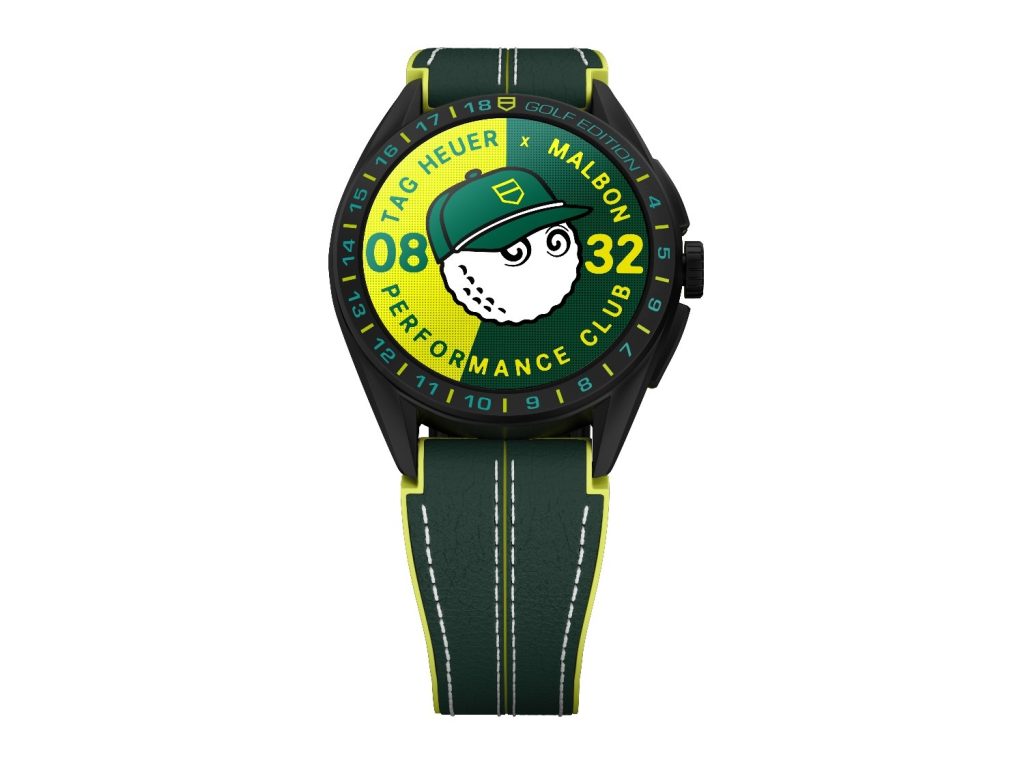
A pulsometer is part of a family of specialised chronograph scales, each designed for a unique function. A tachymeter measures speed over a known distance — ideal for racing. A telemeter measures distance based on sound and light (like a thunderclap after lightning). A pulsometer, on the other hand, measures biological rhythm — the heartbeat. While tachymeters became dominant in sports chronographs, pulsometers held a niche appeal for the medical community. Today, they serve as nostalgic tributes to the early intersection of science, humanity and horology.
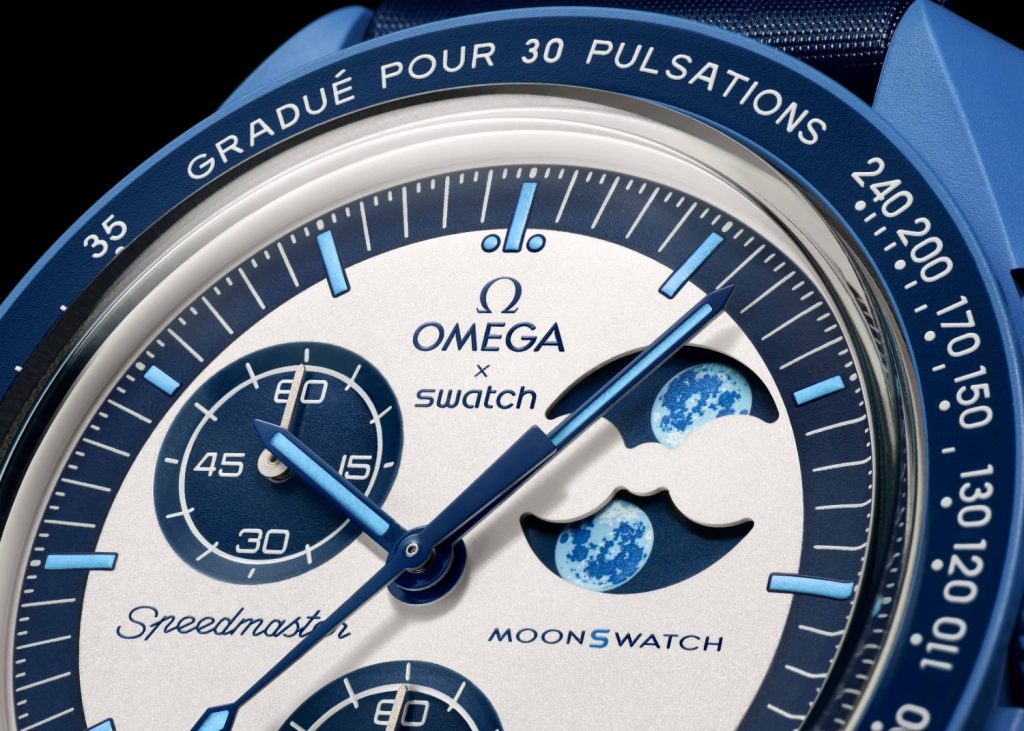
Modern Relevance and Legacy
While medical professionals now rely on digital tools, the pulsometer’s charm endures among watch enthusiasts for what it represents — a union of timekeeping and care. It’s a reminder that watches once played a vital role beyond style or status; they served as instruments of trust in moments of urgency.
Modern interpretations of pulsometers celebrate this legacy by combining advanced chronograph movements with vintage-inspired designs. They appeal to collectors who appreciate the poetic side of horology — where mechanics serve humanity.
